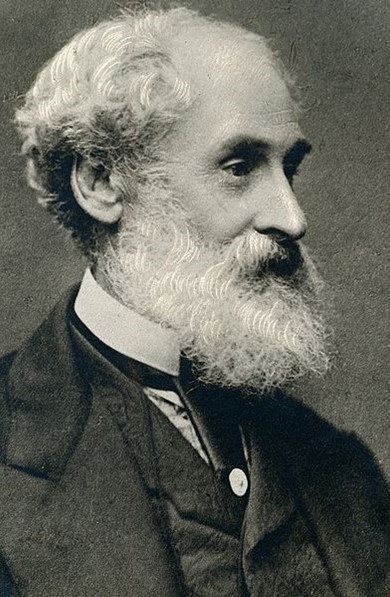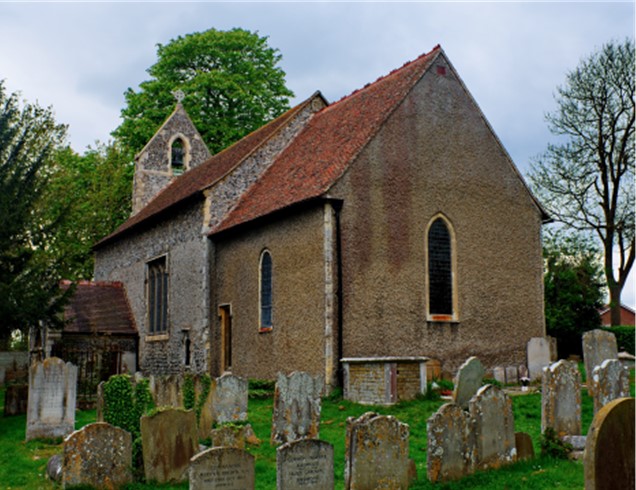By Neville Jones
This article was published in the December 2021 edition of Soul Search, the Journal of The Sole Society
The Solly family figure in the development history of South Australia being early arrivals in that colony. Henry Solly and his wife Ann and their eight children departed London aboard the Royal Admiral on 7 August 1840, arriving at Port Adelaide on 13 December 1840. Henry Solly, born near Canterbury, Kent, England, in 1800, had married Ann Colyer in Hackington, Kent, in 1827. This couple are the 3 x great-grandparents of the Author. In 1846 Henry became the proprietor of 40 acres near Adelaide, but by 1854 he was established in Leasingham, Clare Valley, as a farmer and public works contractor.

Thomas Solly, the subject of this article, was the youngest son of Henry and Ann and, in being born in 1842, was their only child born in South Australia.

As a young man in 1866, Thomas accompanied the South Australian Police Commissioner on an expedition around the north shore of Lake Eyre. The Police Commissioner was Major Peter Edgerton-Warburton, formerly an Assistant Adjutant-General in the Indian Army and brother of George Edgerton-Warburton of Western Australia fame.

The available records indicate that Thomas officially joined the Mounted Police on 11 July 1866, aged 24 years, but his engagement seems to have been earlier. Thomas was described as a ‘driver of own bullock dray and bush employment/stock keeper’ on his Police enlistment papers. Perhaps Warburton already knew him and recruited Thomas for his bushman skills. Warburton departed Port Adelaide on 11 June on the vessel Lubra for Port Augusta, from where the expedition was to kick off. Warburton’s expedition was an official Government venture financed by the Police and included three Troopers. A nine-page report prepared by Warburton, only mentions one Trooper by name, and that was one Farquhar.
Warburton had carried out three previous expeditions in South Australia, including locating Fowlers Bay on the Great Australia Bight and mapping Lake Torrens. At this time, explorers were trying to find a route from Adelaide to Perth, a feat finally achieved in 1870 by Sir John Forrest. Warburton’s intent in 1866 was to explore the area known as ‘No Man’s Land’ northwest of Mount Margaret near Lake Eyre, and on this basis, there was strong support for his expedition. However, having gone north of Lake Eyre, Warburton then went east – apparently trying to discover the fate of the missing explorer Ludwig Leichardt who had last been seen in 1848. Leichardt’s disappearance remains a mystery today. He followed what he thought was the Barcoo or Cooper Creek to the Queensland border; this watercourse transpired to be a separate river and was subsequently named the Warburton River.
In his absence, Warburton’s critics launched an inquiry into the efficiency of the Police Force; while not within its remit, a Parliamentary Committee was critical of Warburton’s exploration activities and recommended his dismissal.
Returning to Adelaide in November of 1866, and while publicly defending his reputation, he refused to appear before the Committee because, in his view, it was biased against him. The Executive dismissed Warburton in February 1867, but the controversy continued to rage in the Parliament and the Press for the next two years. Eventually, having been exonerated in December 1867 and the incumbent officer being dismissed, Warburton was appointed Chief Staff Officer and Colonel of the Volunteer Military Force of South Australia in March 1869.
Warburton undertook a further expedition in 1873 – he was the first to reach the Western Australian coast from Alice Springs but almost died in the attempt. Whether Warburton’s expeditions contributed a great deal to the Australian exploration record remains a source of debate.
The establishment of a Detective Force was one of the issues embroiling Warburton, as was his management of a ‘Reward Fund’ that he claimed was a Retirement Fund for police officers.
Following his marriage to Mary Milte in 1876, Thomas Solly transferred from the Mounted Police to the Foot Police and was a Detective in Adelaide. About two years later, he moved back to the Mounted Police. In 1886, Thomas and Mary named their first son Thomas Warburton Solly. The name ‘Warburton’ carries on into future generations, and somewhere out there now, the author has a third cousin named Thomas Warburton Solly.
In 1895, after nearly 30 years of service, Thomas retired from the Police Force and The Commissioner of Audit’s report for the 1895-96 financial year reveals that Thomas Solly received a ‘compensation payment of £290 (approximately $37000 today) for his retirement.’
1 January 1896 Thomas obtained the licence to the Marrabel Arms Hotel. The first records of a hotel at Marrabel stem from 1864 when the Hamilton branch of the Manchester Unity Oddfellowship sought dispensation to open a lodge at the house of Alexander Mitchell, Marrabel Hotel. For us non-South Australians (and non-Australians), Marrabel is about 100 km north of Adelaide between Kapunda and Burra.
However, Thomas did not enjoy his retirement for long – he died on 27 December 1896. The licence to the Marrabel Hotel transferred to his widow Mary (nee Milte) Solly, and she continued as mine host of the Marrabel Arms through to the end of 1899 before taking on the Fountain Inn Hotel in Adelaide.
The Advertiser published the following obituary 1 January 1897:
The Late Mr. T. Solly. The friends of Mr. Thomas Solly will regret to learn of his death which occurred on 27 December at Marrabel. Mr. Solly was connected with the police force of the colony for almost 30 years, having joined Major Warburton’s exploring party in the northern areas in 1866, and on his arrival at Adelaide, he was entered as a mounted constable. Early in the following year he was raised to the rank of a second-class officer, and in October, 1871, to that of first-class. In February, 1876, he was transferred to the foot constabulary where he remained until November, 1878, at which time he returned to the mounted force. In June, 1882, he was promoted to the position of lance-corporal and in July, 1888, to a corporal. He resigned his connection with the force after long and honourable service in June, 1895. Deceased will be missed by a large circle of friends.
The furthest back we have this family is John Solly who was the father of the Henry Solly who emigrated to Australia. John was born about 1771 in Ash, Kent and was buried 11 Feb 1854 in Old St Mary’s Church, Walmer, Kent. He married, on 6 January 1795, Mary Stanton (b 1771) also in Old St Mary’s Church, Kent. He was described as a Porter Merchant.

Bibliography
Advertiser.
Deasey, Denison, Warburton, Peter Edgerton (1813–1889), Australian Dictionary of Biography, National Centre of Biography, Australian National University, http://adb.anu.edu.au/biography/warburton-peter-egerton-4798/text7993, accessed 12 June 2012.
Hoad, Joseph L, Hotels and Publicans in South Australia: 1836-1984, Australian Hotels Association. South Australian Branch, 1959.
Thomas, Jan, Biographical Index of South Australians 1836-1885: bicentennial bulletin South Australian Genealogy and Heraldry Society, 1988.
South Australian Advertiser.
South Australian Police Gazette 25 October 1871.
South Australian Register.
Warburton, Peter Edgerton. Major Warburton’s explorations, 1866: Major Warburton’s diary (accompanied by map) of explorations in the northern portion of the province, in 1866. Adelaide, 1866.
